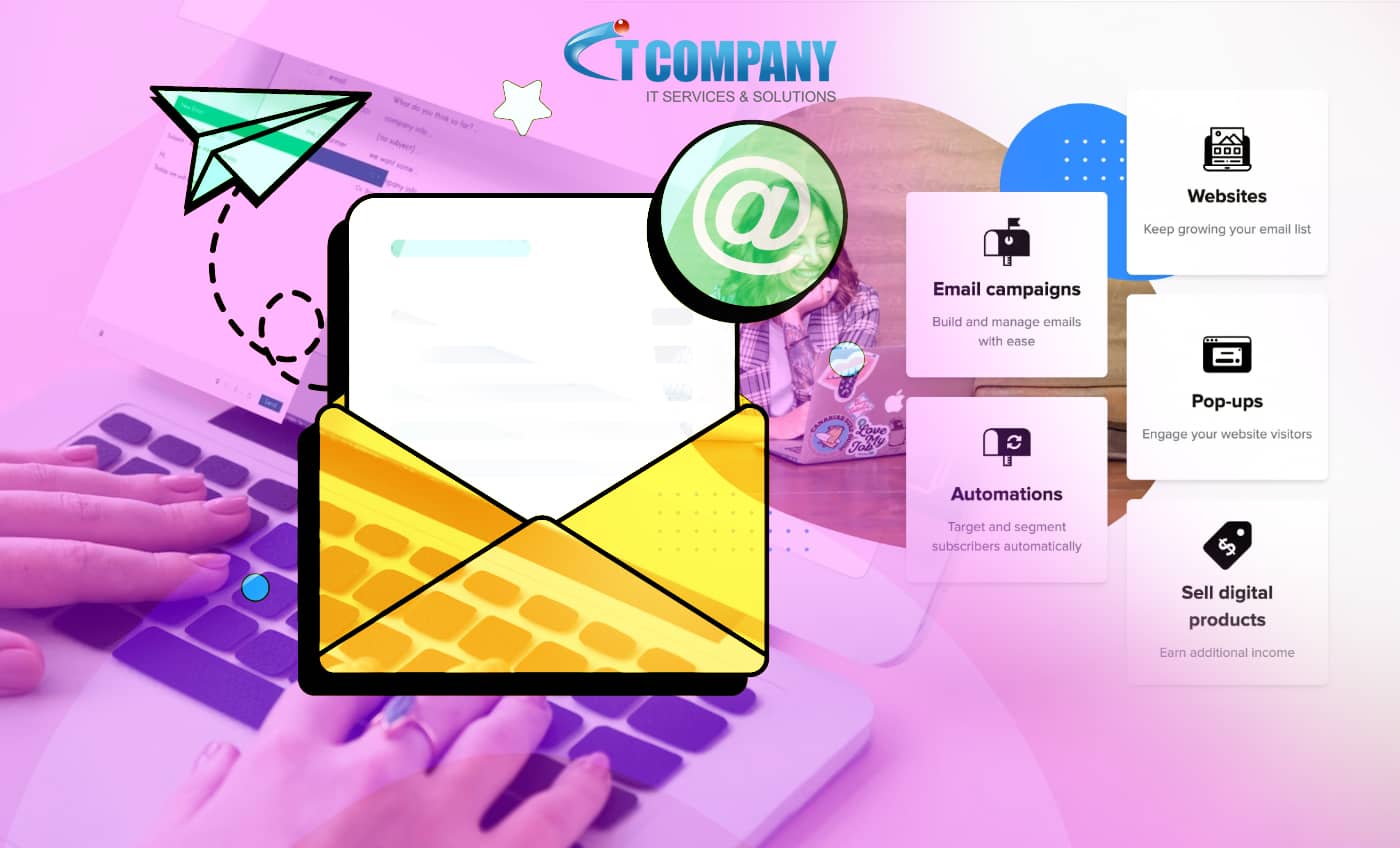An excellent email newsletter may be your organization’s lifeline. Many successful organizations prioritise email marketing because email generates a whopping $43 return on investment for every $1 invested.
The finest email newsletters do not promote sales. Rather, they give value that assists subscribers in solving issues, improving their lives, and achieving their objectives. If you can do this, sales will follow. Here are four examples of how to create a great email newsletter that fosters purchases.
Table of Contents
Toggle1. Establish trust and expertise
Forget about the sales pitch. Create captivating mailing content that builds trust and establishes your expertise instead. Provide genuine, practical advice that benefits your audience.
To foster a sense of togetherness, use a conversational tone and relate to your audience. You are one of them, and you are all in it together. Here are some useful ideas:
- How-to guides
- Case studies from real-life situations
- Quick hints and tips
- Comprehensive guides
A catering firm, for example, may issue an email newsletter outlining how to prepare the perfect holiday party. The caterer’s target audience is almost probably interested in party planning. Subscribers will trust the company’s competence if it provides good advice, and some will end up employing them.
Create a list of email content ideas that your audience will enjoy. Identify their issues and write down what you know. Good counsel builds trust, and a trusting audience is more likely to buy from you.
2. Inspire interest
Did you know that 90% of customers prefer to get information through email newsletters? It’s a fantastic marketing opportunity, but far too many emails include dry, dull information that no one wants to read. With exciting email writing, you can stand out from the crowd and motivate your readers. These are some tips that you must follow:
- Providing examples of the advantages of following your advice: For example, a financial consultant should not just advise you to invest in an IRA; they should advise you to invest in an IRA so that you may retire early.
- Include solutions in your copy: This does not imply marketing your goods in your email, it means mentioning them as natural solutions to frequent issues. Plant the concept that there is a simple method for clients to profit from your counsel.
- Including huge, eye-catching graphics in your email newsletters: Engage your audience visually by using images that arouse desire and inspire inspiration.
- Excitement encourages action, and there is no greater venue than email to continuously generate excitement.
3. Make your email newsletter automatic
You’re undoubtedly aware that email is one of the most cost-effective ways to sell your company. Did you realise that email automation tools make it one of the most straightforward?
Determine how to automate your email marketing so that you may concentrate your efforts on business optimisation and growth. Begin with an opt-in subscription form that sends out a series of pre-programmed emails — your nurturing campaign.
- Create your campaign to gain trust and, eventually, purchases. Some good examples include:
- Using the website and blog material to create a series of useful emails.
- Interviewing clients and publishing case studies to which subscribers may connect.
- Creating a nurturing campaign in which you send a series of completely informative emails. Moreover, it should be followed by a final email with a unique promotional offer.
How frequently should you send emails? According to one survey, 48% of customers want to hear from businesses once a week, but you may send emails more frequently if you don’t spam your subscribers.
Use email automation to continuously send your message to a receptive audience, no matter how frequently you send emails. As a result, the inevitable business challenges and priorities that arise will not derail your email campaign.
4. Incorporate a call to action
Although your emails should not be overt sales pitches, you may nevertheless design your email newsletter to be sales oriented. Most of your emails should feature a compelling call to action (CTA). These are some good examples:
- Include a call to action at the end of your informational copy.
- Including a call to action (CTA) in an email sidebar or one of your email layout blocks.
- Adding CTA buttons to article teasers, then pitching on-site.
- Sending a series of emails with your pitch and CTA reserved for the final in the series.
Remember that consumers subscribe to your email newsletter because they believe it will be valuable. They will unsubscribe if you are excessively promotional. Focus on adding value first, then strategically insert CTAs to elicit reactions. That’s how you make a successful sales email newsletter.
Remember that the most effective email newsletters provide value while keeping the sales pitch to a minimum. Use these strategies to develop the interesting content that your audience craves and to generate interest in your products and services. Then, include a natural call to action that encourages subscribers to take the next step in the purchase process.
Looking for the best email marketing services? Visit now!

